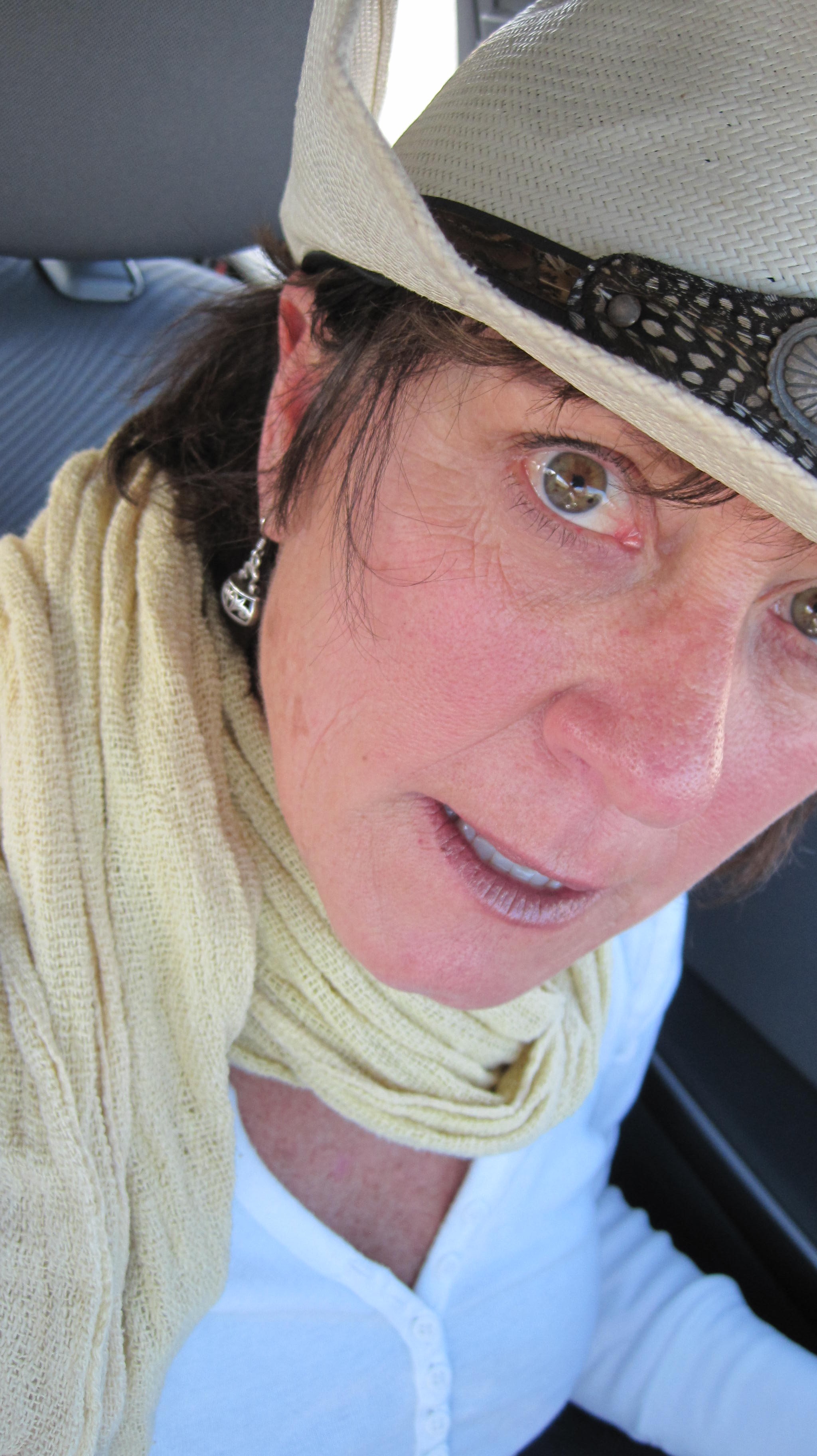 Longtime L’Oréal face Andie MacDowell showed up on my Facebook feed last week throwing shade on the anti-aging industrial complex.
Longtime L’Oréal face Andie MacDowell showed up on my Facebook feed last week throwing shade on the anti-aging industrial complex.
In an interview with The Zoe Report, MacDowell relayed that she was embracing her 63-year-old self by nixing hair coloring and showing her gray.
After being cajoled by her children and living through the pandemic curtailment of personal services like haircuts and coloring, MacDowell decided to let her gray flag fly.
“I think women are tired of the idea that you can’t get old and be beautiful,” she said. “Men get old and we keep loving them. And I want to be like a man. I want to be beautiful and I don’t want to screw with myself to be beautiful.”
One woman’s screwing with herself is another woman’s adornment ritual. MacDowell almost sounds as if she weaponized her hair to brandish it in ideological combat.
MacDowell debuted her salt and pepper switch this summer at the Cannes Film Festival. She and others who are professionally beautiful generated frothy copy by walking the red carpet with visible grays. Instead of stories that dove beneath the surface, most of the going gray articles generated from Cannes skewed toward obsequious with distinct whiffs of condescension and sexism: She’s a silver fox! How spunky to go gray! You go gal!
In June, The New Yorker ran a photo parade of soft porn hair shots entitled, “Silver Linings.” The images portray women from the realms of the non-famous who decided to let their gray grow in during the COVID-19 pandemic. Instead of cheerleading through the article, the writer Rebecca Mead questioned the women into examinations of the deeper currents flowing beneath the decision to stop coloring their hair. The women touched on issues of acceptance, transformation, cultural stigma, ageism, social pushback and identity. It’s not just about skipping the monthly marinade of eye-burning chemicals. Going gray means goes deep.
According to Statista, a private market and consumer data company, women around the world spent close to $29 billion on hair dye in 2019.
Then the pandemic happened. From what I’m reading, hair dye expenditures must have dropped significantly. With the isolation and introspection of lockdown, people slowed and questioned. Significant numbers of women, it seems, decided that gray was OK.
We’re all aware (and the advertising industry does not let us forget) that hair has long been regarded for women as a symbol of beauty and femininity, sexual potency and vigor. The Kryptonite for that symbolism has been gray. Gray is an age signifier (even though hair can turn gray at any age) and our hair is a visible message board. It’s not only the melanin that is dwindling, says the gray hair, it is youth. The collateral damage is appeal and power. Maybe we participate in drinking that Kool-Aid. Might coloring our hair actually be ceding power rather than grasping it? Anti-ageism activist Ashton Applewhite posits this counterintuitive idea: “Covering the gray is a way we women collude, en masse, in making ourselves invisible as older women.”
In 2014 I was living overseas. I had not yet had the time to suss out a recommendation for a hair salon, but hair coloring is needy habit, demanding monthly hits of time and money. After selecting a random salon for a cut and color, I walked out two hours later with a ghastly color misfire or miscommunication. I looked clownish and felt indentured. Coloring had become oppressive and costly, and as I wept in front of a shop window where I stared at my reflection, I decided that was it. What was I doing and who was it for?
It’s been seven years since then. I went gray that year I lived overseas. I cut my hair short, watched the coffee bean brown color emerge that I had not seen since my 30s, and discovered the streaks and flecks of silver around my face. When I returned to the States I immediately colored it again; I think of it like break-up sex. One last time and after that, it was over and done. Sometimes I am still surprised when I see myself in a photo. Sometimes I fantasize that I color my hair again. But why would I do it and who would it be for?
I still have not unpacked every aspect about what coloring my hair gave to me and took from me. But I do know that going gray has unlocked some hidden reservoir of badass. I cannot draw a direct causal line between the unexpected surge in badassness and going gray. But these days I am more unapologetic, more vulnerable, more beautiful. It’s a new flavor of beauty, something burnished, something startling. I feel it radiate from me some days with its undeniability.
It is beauty that is something like a Girl Scout badge: It has to be earned. And then it is worn with pride.

